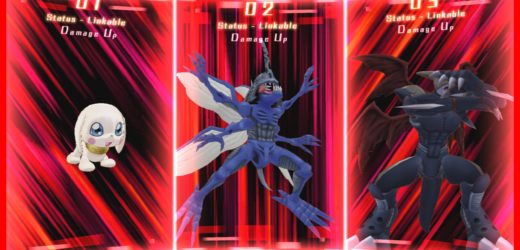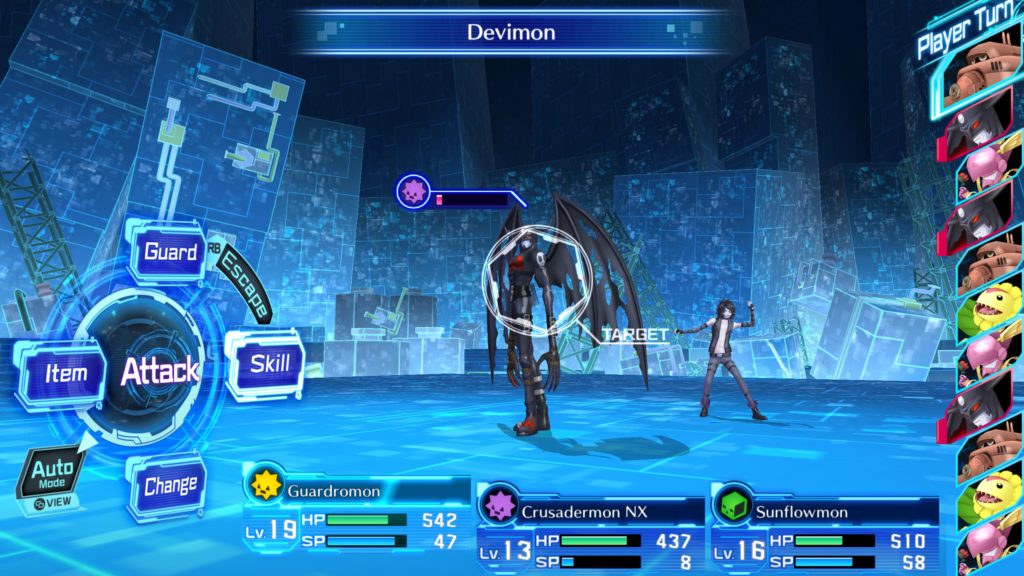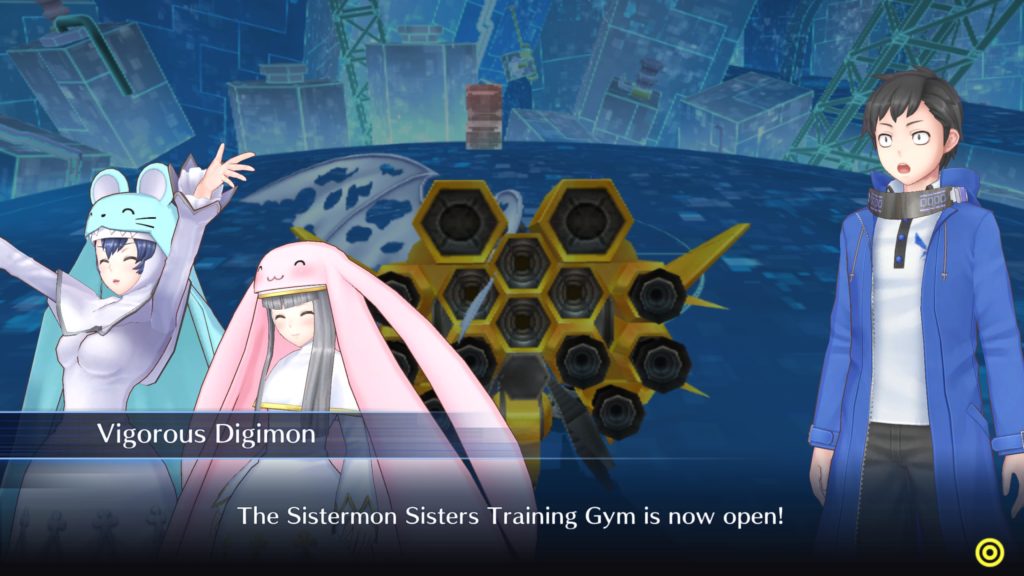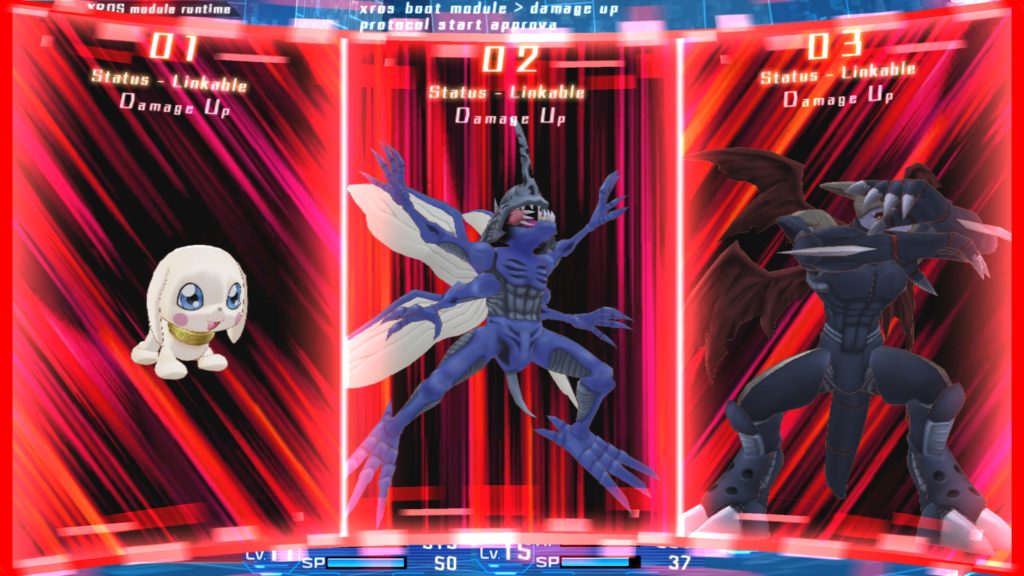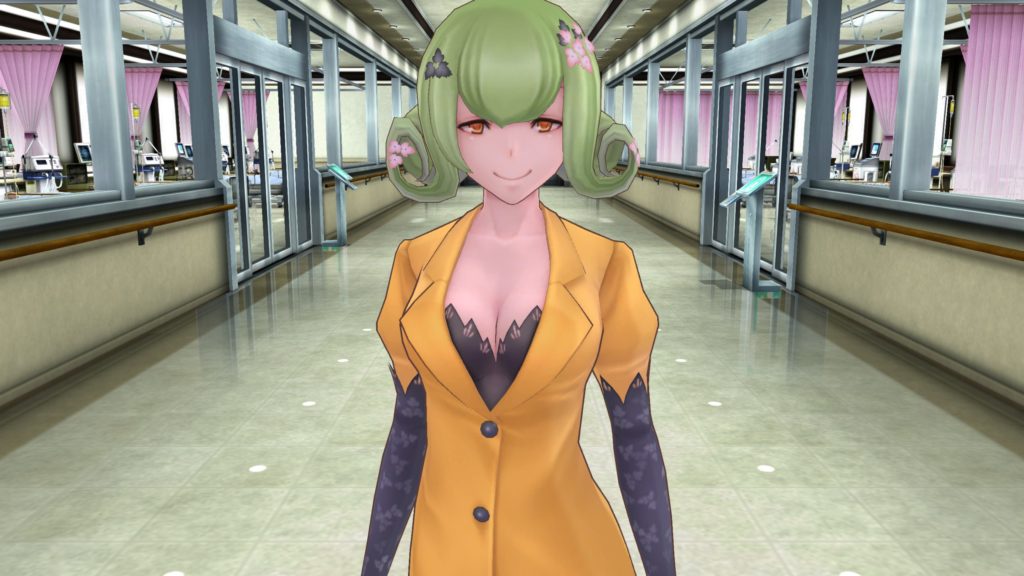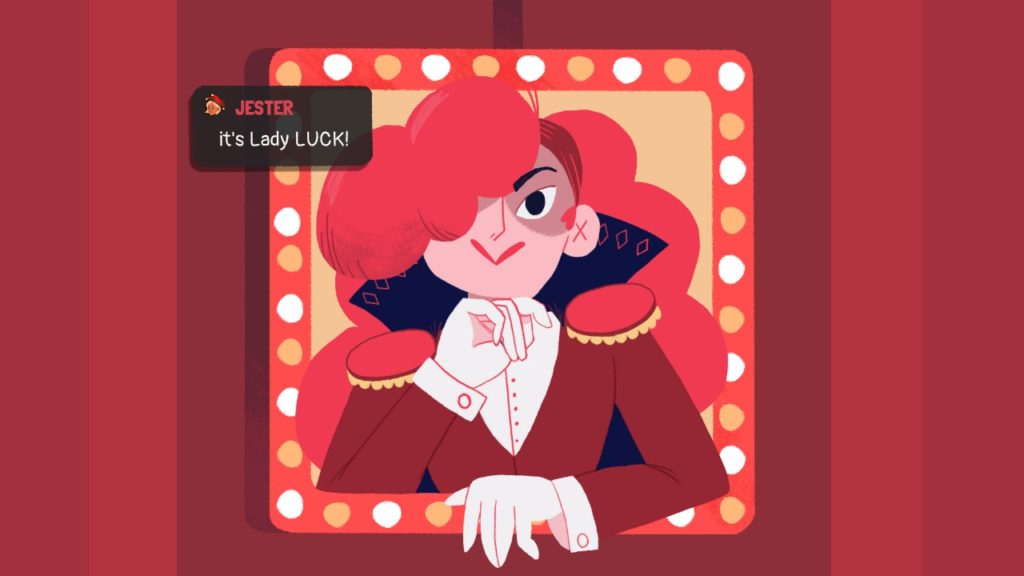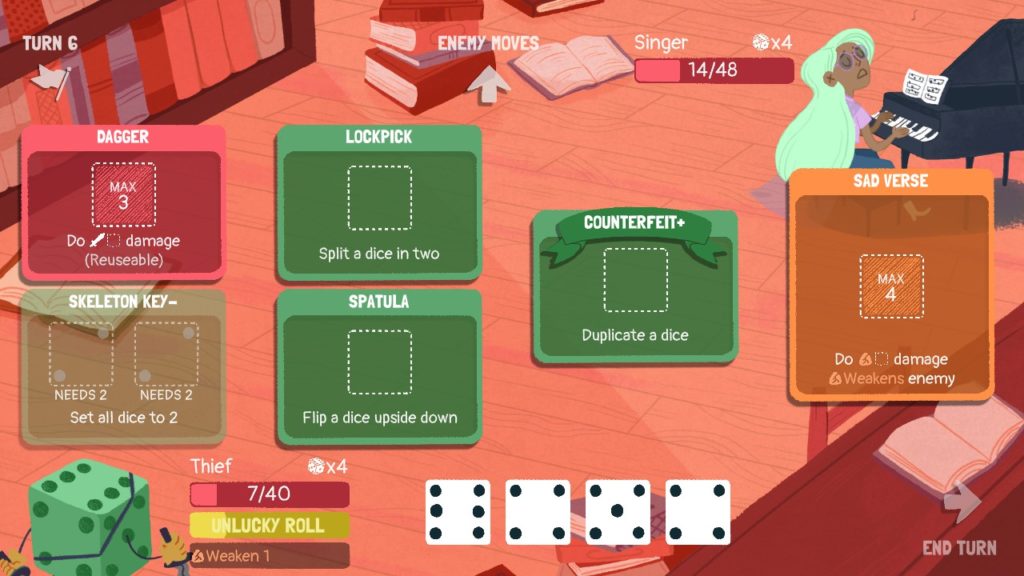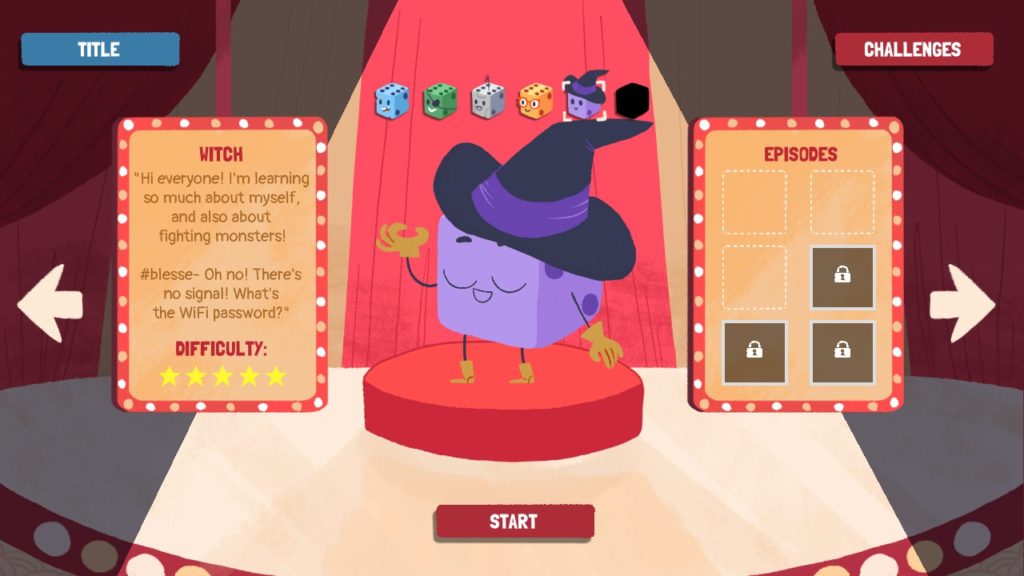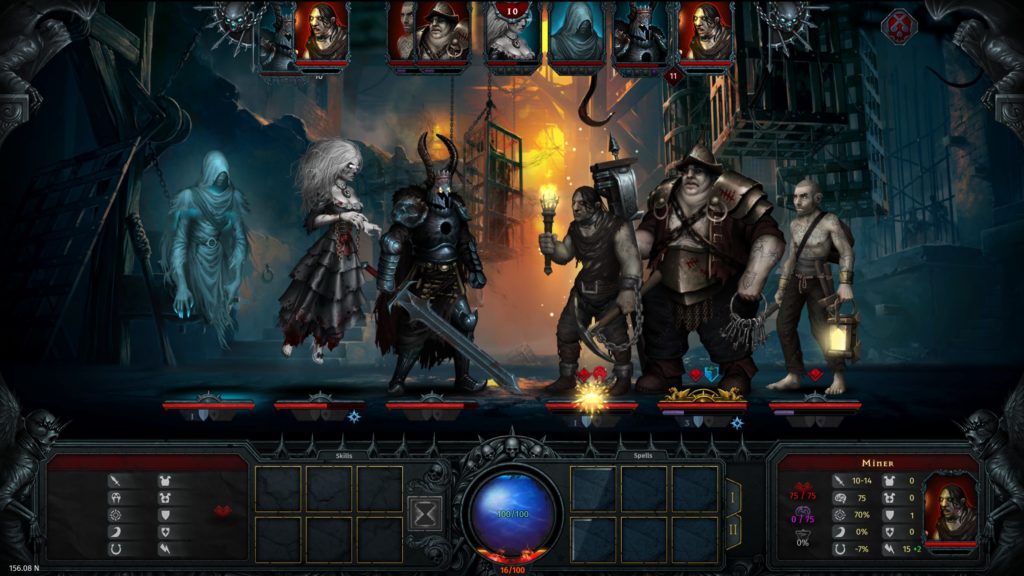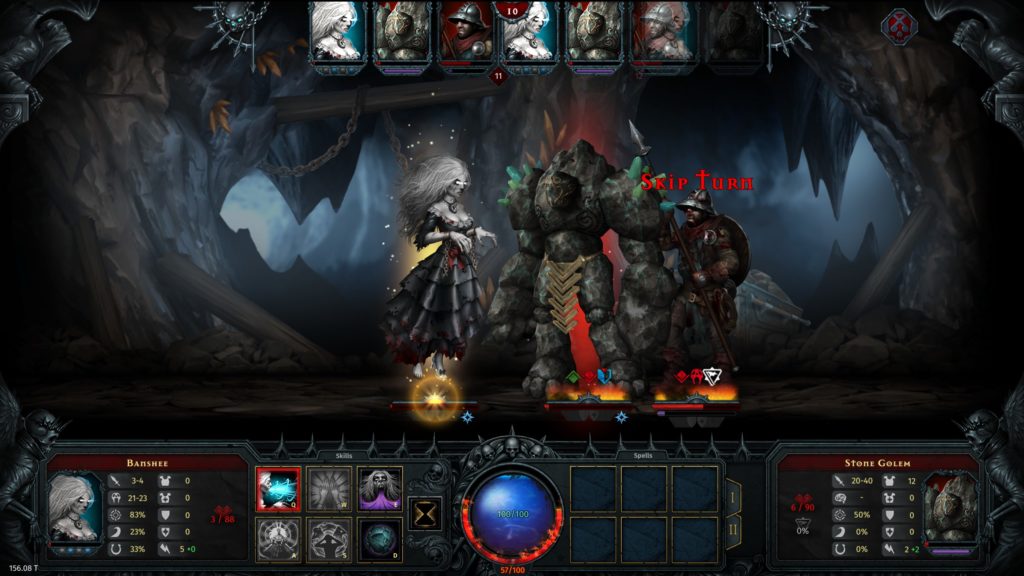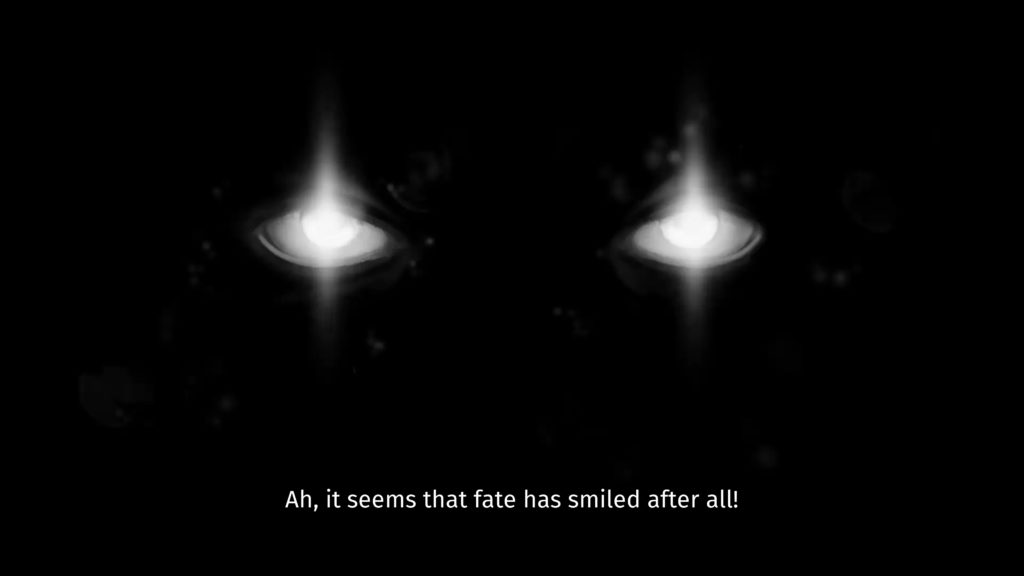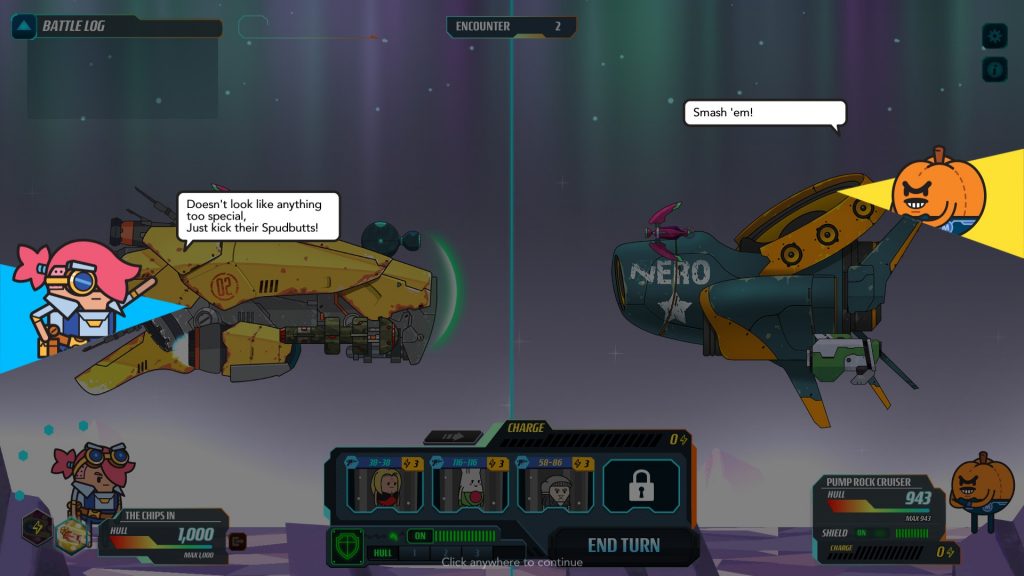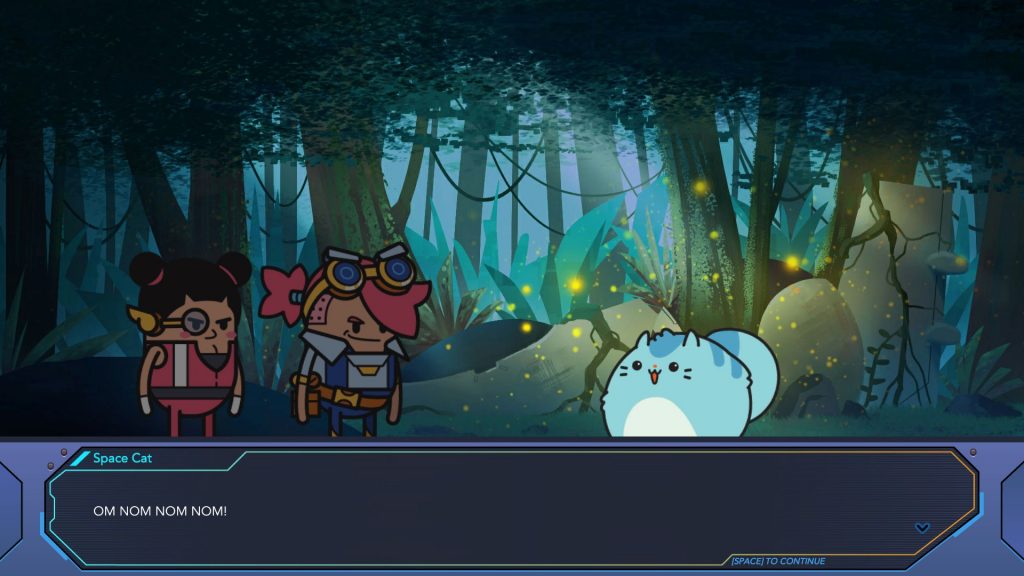Spellsword Cards: Dungeon Top (Early Access Review)

Source: Review Copy
Price: £12.39
Where To Get It: Steam
Other Reviews: Early Access 2 Release Review
At first, I was a very trepid warrior indeed. I skulked through the dungeon, throwing myself at the enemy more out of blind terror than bravery, and wondered, as my skull was split by a goblin axe, why the people I commanded kept dying.
And then Jamie realised you could move and attack. Whoops!
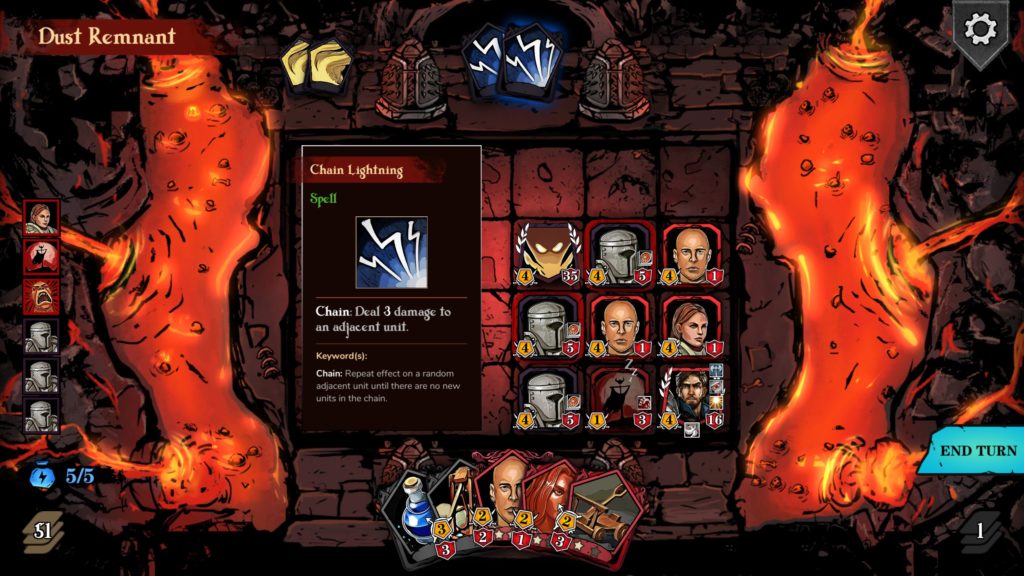
So yes, Spellsword Cards has, as you might imagine, cards. And a mana system. And loot, which just so happens to be cards to add to your starting deck… And enemies, each with their own deck. But these cards are most often minions, with a few spells, weapons and treasures into the mix. And fights aren’t just “Play card, hit guy with card, win if guy dead, lose if you’re dead.” They’re small, turn-based tactics arenas, in which carefully putting minions into play is the difference between life… And death.
Okay, so you do have to kill the other’s leader, and not have yours die, but there’s more to it than that, is what I’m saying.
Of course, you can pretty much expect death, and a fair amount of it. It is a roguelike, after all. Whether that’s from ranged enemies, the occasional wizard (I encountered one whose entire deck was “Fuck you, splash damage.” Beat that one down as quick as you can, he gets stronger the longer the fight goes on), or… The bosses.
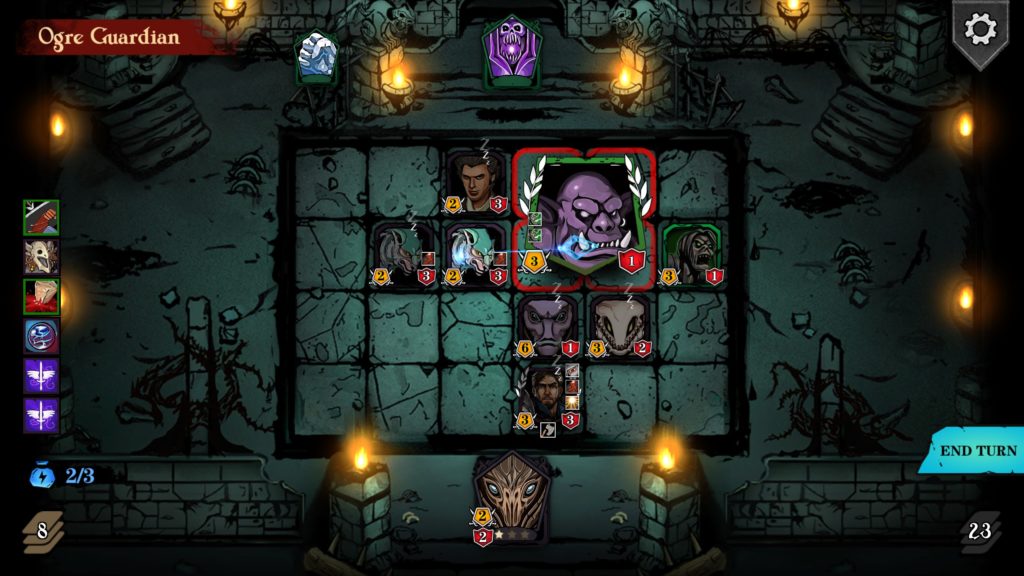
Let’s take the example of the Ogre. Oh boy, is he tough. He’s not unbeatable, but whenever he attacks, he attacks everyone around him, can do 5 damage to the Hero(ine) unless they have block on every other turn, and, every other turn, gets 4 Block. Add in that he will have slightly less than 3 times the max health you have, and… He’s a bit of a bastard. As to the second boss? Well, currently, level 2 is where the gauntlets not only come off, but make you slap yourself while loudly wondering why you’re still hitting yourself. An example enemy here would be Fire Titans, which cause burn every turn, and can do a chain attack when someone’s burning. Pack yourselves close, get mullered. Spread out, and his lava minions might murder you instead.
It does ease you in, however, and it’s got some interesting synergies going on, in both the main decks currently available as the Warrior, and the Sorceress. The Helm deck is mostly about building up overwhelming damage, while the Karim deck is about sacrificing units to buff or summon other units. As with other deckbuilding roguelikes, decks can become bloated… But apart from spells and potions coming and going before you actually need them (your hand gets discarded at the end of every turn), you can still work with the 3 cards you get each turn in some fashion… Even if it’s not the potbuster you wanted, it can still protect your hero, or do some damage to the enemy hero.
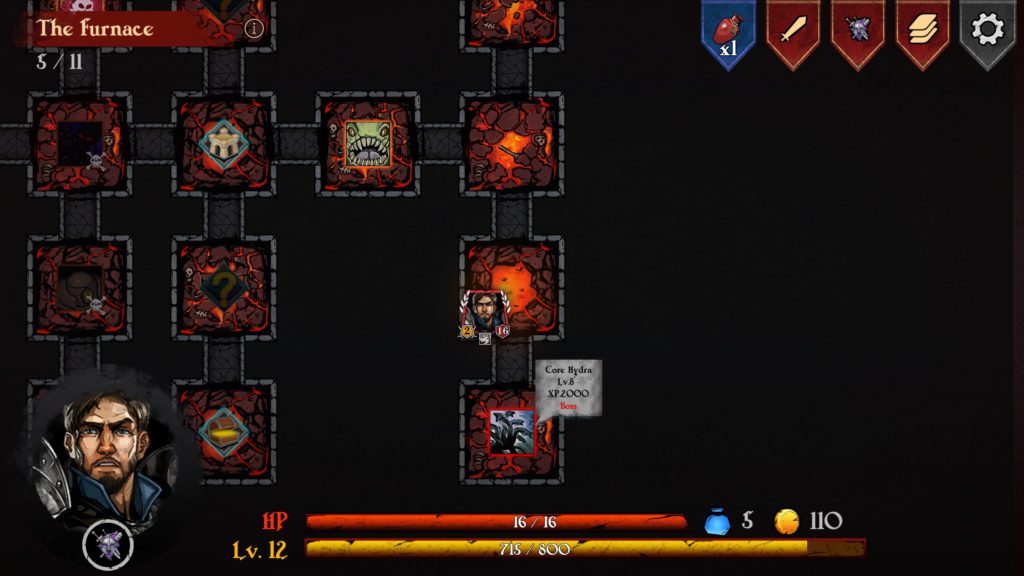
Accessibility wise, right now, my main bitch is that the main menu is too small. I know there’s a lot of items there, and I know folks love to have a good splash screen, but… It could definitely do with being bigger. Maybe fold some of those items like cheevo progress, the card library, and the rulebook into… A “codex” option, as a starting suggestion? Oh, and Tutorial into New Hero (the equivalent of New Game) In any case, if folks are curious as to what’s coming, the library does mention a third class (Rogue, because of course they’re going Warrior, Wizard, Thief), and 3 factions not currently in the game (Although only the names, so… I won’t be able to tell you what they do until the next review, be it early access or release.) Basically, a UI/tooltip/text scale would be nice, thanks. Status symbols are quite small, but there are tooltips, so… waves hand… That one somewhat evens out.
But otherwise, it’s a fairly easy to learn game, it has a good, inked visual style, fairly good music, the enemy decks are enemy specific, and currently, the enemies are easy to learn in each level, with a small selection of what’s in a level, and one boss per level (of the 3 currently in the game. No idea if that’ll be the lot.) Fair amount of replay value, interesting decks, lots of potential things to see in each one, and a good aesthetic make this one… Definitely one worth taking a look at, if you like small unit, turn-based tactics and card based roguelikes.
No, readers, there are no Dungeon Tops in this Dungeon Top game to my knowledge. It’s as disappointing to me as it is to you.

